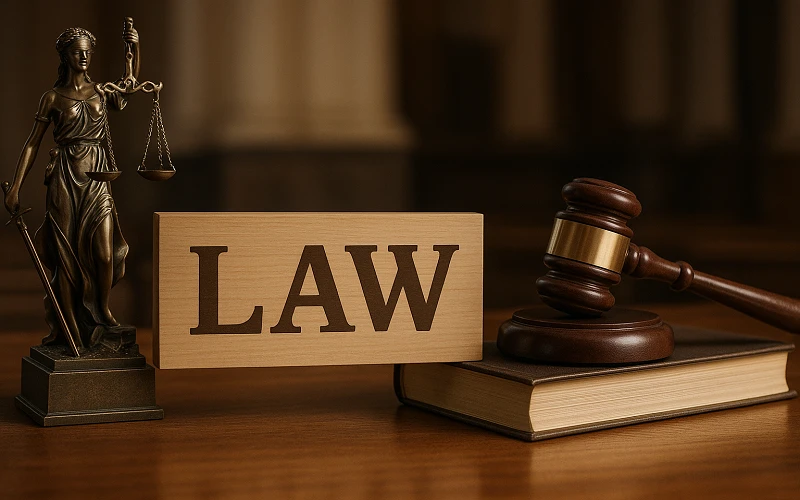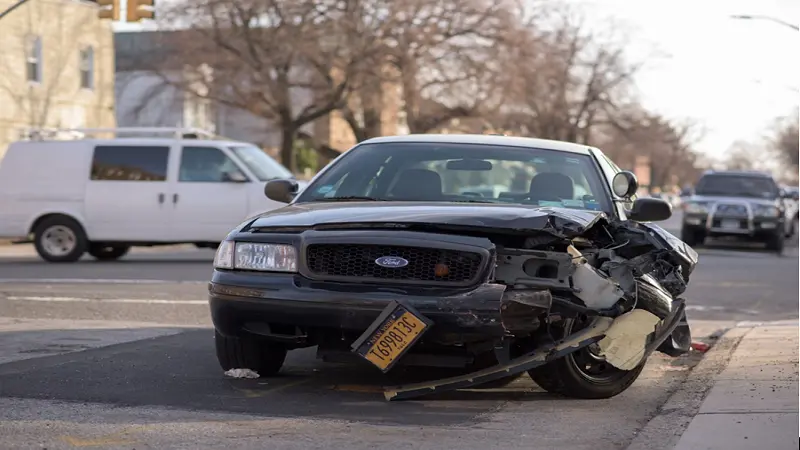For many co-op and condo board members in New York City, few phrases cause as much apprehension as Local Law 11. It summons images of sidewalk sheds, dangling scaffolding, and unpredictable expenses. While the process can be complex and costly, it is a non-negotiable part of owning a taller building in the city. Understanding the law, the process, and your responsibilities can transform it from a source of anxiety into a manageable, predictable part of your building’s long-term maintenance plan.
At its core, the law is about public safety. Officially known as the Façade Inspection Safety Program (FISP), its purpose is to prevent pieces of a building’s exterior from falling and injuring pedestrians below. The regulation applies to all buildings with more than six stories, requiring them to have their exterior walls and appurtenances (like window air conditioners, railings, and fixtures) inspected periodically by a licensed professional.
The Five-Year Cycle and Your Building’s Deadline
The FISP program operates on a recurring five-year cycle. To manage the workload of thousands of buildings, the city staggers the filing deadlines within each cycle. Your building’s specific deadline is determined by the last digit of its block number, which you can find on the Department of Buildings (DOB) website.
For the current 9th Cycle (which runs from 2020-2025), the sub-cycles are as follows:
| Sub-cycle | Block Numbers Ending In | Filing Window |
|---|---|---|
| Sub-cycle A | 4, 5, 6, or 9 | February 21, 2020–February 21, 2022 |
| Sub-cycle B | 0, 7, or 8 | February 21, 2021–February 21, 2023 |
| Sub-cycle C | 1, 2, or 3 | February 21, 2022–February 21, 2024 |
Missing your filing deadline results in immediate penalties that escalate over time. It is a costly and easily avoidable mistake. The board’s first responsibility is to know its sub-cycle and begin the process well in advance of the deadline.
The Inspection Process: From Hiring to Filing
The entire inspection must be conducted under the supervision of a Qualified Exterior Wall Inspector (QEWI). This is a New York State licensed Professional Engineer (PE) or Registered Architect (RA) with at least one year of relevant experience. The selection of your QEWI sets the tone for the entire process. A thorough, communicative engineer or architect is your most important partner.
The inspection itself has two main components. The first is a comprehensive visual examination of the entire building façade from the ground, from adjacent rooftops, or with the aid of binoculars. The QEWI is looking for cracks, spalling (flaking or chipping), displacement of stone or brick, deterioration of mortar, and any other signs of potential failure.
The second component is a close-up, hands-on inspection. For every building, at least one physical inspection must be performed along a representative exterior wall, typically from a scaffold or a powered platform. This allows the QEWI to physically touch the façade, tap on materials to check for looseness, and get a detailed look at the condition of the building’s materials.
After the inspection is complete, the QEWI prepares a detailed technical report. This report is then filed electronically with the DOB. The content of this report determines the building’s official status and the board’s next steps.
The Three Classifications and What They Mean
Every filed report must classify the building in one of three ways. This classification is the most significant outcome of the entire Local Law 11 NYC process.
- Safe: This is the ideal outcome. It means that no problems were found and the building is considered safe. The building is clear until its next filing deadline in five years. No further action is required beyond filing the report.
- SWARMP (Safe With a Repair and Maintenance Program): This is a very common classification. It means the building is currently safe, but the QEWI identified conditions that could deteriorate and become unsafe if not addressed. This could include things like cracked brickwork, deteriorating mortar joints, or non-hazardous corrosion. A SWARMP classification requires the board to work with the QEWI to establish a clear timeline for these repairs. The DOB expects these repairs to be completed before the next inspection cycle begins. It’s not a failing grade, but it is a legally binding to-do list.
- Unsafe: This is the most serious classification. It means the QEWI has identified at least one condition that is hazardous to the public. This could be a loose brick, a cracked stone lintel, or a severely corroded railing. An “Unsafe” filing triggers a series of immediate and mandatory actions. The building owner must immediately install public protection, which usually means a sidewalk shed. Within 90 days, the owner must repair the unsafe conditions and file an amended report with the DOB changing the status to SWARMP or Safe.
The Financial Realities and the Board’s Role
The costs associated with FISP are significant. They include the QEWI’s fee for the inspection and report, the cost of the scaffolding, and any repair work identified. For a building with an “Unsafe” designation, the cost of the sidewalk shed (which can be thousands of dollars per month) and the emergency repairs can run into the hundreds of thousands of dollars. Penalties for late filing or failure to correct unsafe conditions are steep and can compound quickly.
A proactive board can manage this process effectively. Your job begins long before the filing window opens.
- Plan Ahead: Identify your sub-cycle and start interviewing QEWIs at least a year before your deadline. Good firms are in high demand.
- Budget Accordingly: FISP is not a surprise. Your annual budget should include line items for the inspection itself. Your reserve fund should be healthy enough to absorb the cost of potential SWARMP repairs without resorting to a special assessment.
- Communicate with Residents: The inspection process, especially the close-up inspection, can be noisy and disruptive. Inform residents well in advance about the schedule and what to expect. This simple step can prevent a lot of frustration.
- Review the Report Carefully: Sit down with your QEWI and have them walk you through the technical report. Understand the findings and the recommended course of action, especially if you receive a SWARMP classification.
Local Law 11 is more than a regulation; it’s a framework for responsible building stewardship. It forces boards to look closely at their building’s exterior and address problems before they become dangerous and exorbitantly expensive. By treating it as a predictable part of your building’s lifecycle, you can ensure public safety, protect your investment, and navigate the process with confidence.




